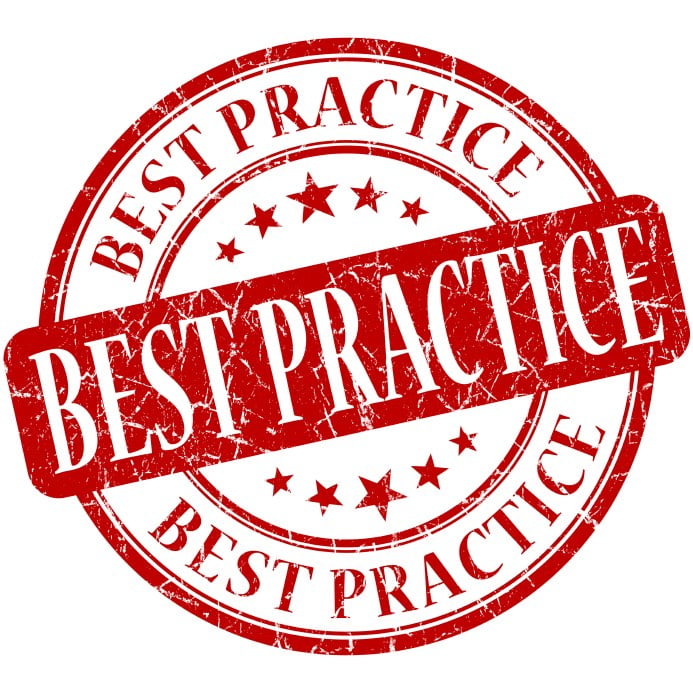4 Electrical Component Cooling Best Practices

Continued miniaturization of electrical components and devices such as variable frequency drives has resulted in a dramatic increase in the amount of heat generated inside electrical enclosures.
Unless properly designed and monitored, high rates of heat generation can result in excessive operating temperatures for electronic equipment, jeopardizing safety and long term reliability leading to increased operating costs.
Since the failure rate of electrical components increases exponentially with rising temperatures electrical equipment manufacturers recommend enclosure temperatures be kept below 95ºF (35ºC).
In order to provide continuous protection and longest life possible for your electrical components, it has become increasingly important to set an electrical component cooling best practices guideline, saving you money in the long run.
Best Practices for Electrical Component Cooling
A best practices guideline for electrical component cooling begins with an in-depth look at the overall design, layout and location analysis of the proposed electrical enclosure. Once the heat load is determined a proper enclosure cooling methodology can be decided upon. After the installation is up and running a cooling performance monitoring system and maintenance schedule can be put into place to ensure on-going reliability:
-
Design Goals for Proper Electrical Component Cooling
The first step is to identify environmental parameters where the enclosure will be installed. It’s good practice to design the enclosure cooling for a temperature that’s 20°F (11°C) below the equipment’s maximum allowable temperature for ideal operating conditions. Important factors impacting thermal management include ambient temperature, humidity, solar radiation, moisture, corrosive chemicals, remote operation, dust and dirt.
-
Determine Total Heat Load
In order to determine if the cooling capacity will be adequate, the enclosure heat load is calculated by adding the total heat dissipation of all electrical components, ambient temperature, local equipment producing heat and solar radiation. The results will indicate if the enclosure requires filtered fan-assisted cooling or needs to be sealed and equipped with a closed loop cooling system. An enclosure cooling system should be properly sized based upon thermal load and enclosure size in order for the system to provide efficient cooling.
-
Determine the Cooling Delivery Method
Each installation is very unique and several options should be considered before choosing a method of enclosure cooling.
- Forced convection: As outside air is pushed through the enclosure with the help of filtered fan-assisted ventilation, it carries the heat generated inside the enclosure to an exhaust vent. Using filtered fan cooling is ideal for applications that do not require protection from airborne contaminants or high ambient humidity.
- Closed-loop cooling: An air-to-air heat exchanger will work well with a sealed enclosure, provided the ambient temperature is lower than the desired enclosure temperature. However, when the temperature inside the enclosure must be reduced lower than the ambient temperature, or if protection against dirt, dust, or humidity is needed, a closed loop enclosure air-conditioner will maintain an ideal enclosure temperature even in high ambient temperatures.
-
Establish Cooling Performance Monitoring & Scheduled Maintenance
By using a programmable logic controller or a personal computer , you can remotely control, monitor and alarm the cooling functions of an enclosure air conditioner. Having a closed loop cooling system for an electrical enclosure located outdoors keeps contaminants and moisture to a minimum. Both air to air heat exchangers and air conditioners allow for completely closed loop cooling, but both require periodic maintenance in order to continuously perform efficiently.
Following Enclosure Cooling Best Practices Improves Reliability
Following these electrical component cooling best practices will help promote long life and minimize the possibility of overheating, ensuring the best return on investment. Cooling performance monitoring and maintenance helps maintain the integrity of the electrical enclosures, ensuring equipment is protected from unacceptable environmental conditions.
Long term operational costs are likely to be lower since the components inside the enclosure will be operating at or below manufacturers’ temperature specifications, enhancing reliability and lowering the risk of premature failure. Following best practices for choosing enclosure cooling will help eliminate guesswork for your project, ensuring you make a wise investment.
To find out more about electrical enclosure cooling packages that can fit your needs, contact the knowledgeable sales team at Thermal-Edge. Together we can plan a cooling system that fits your application.

